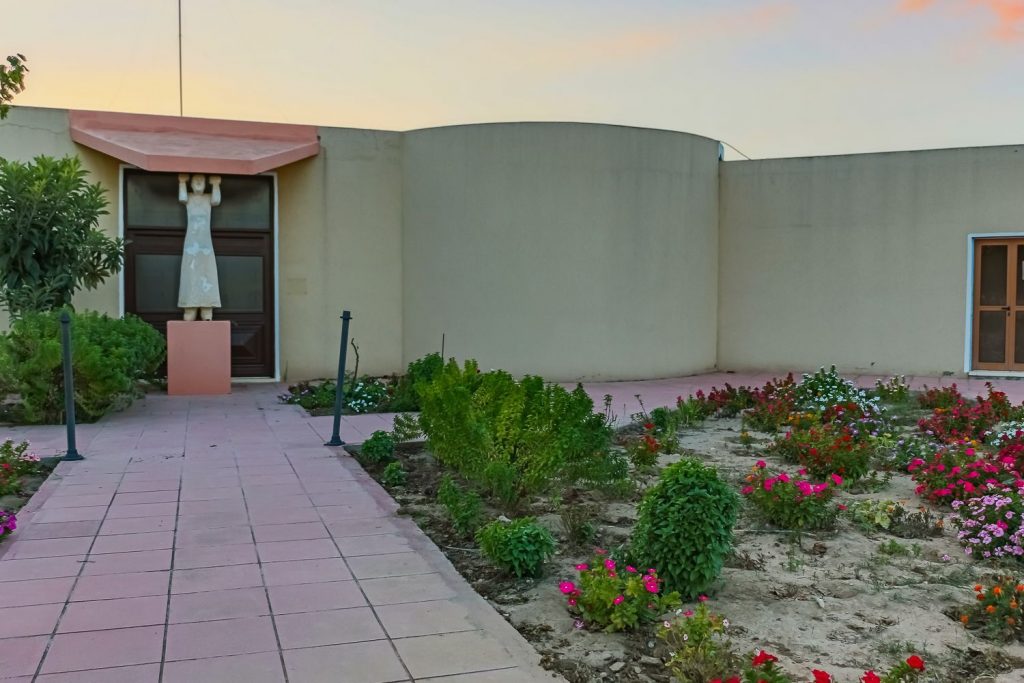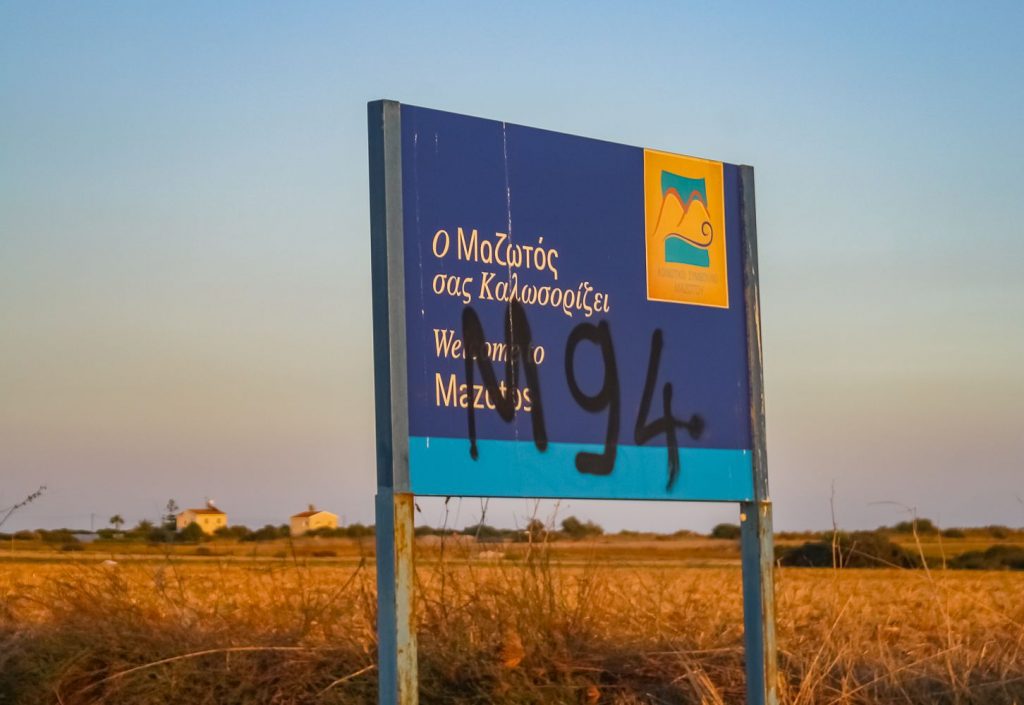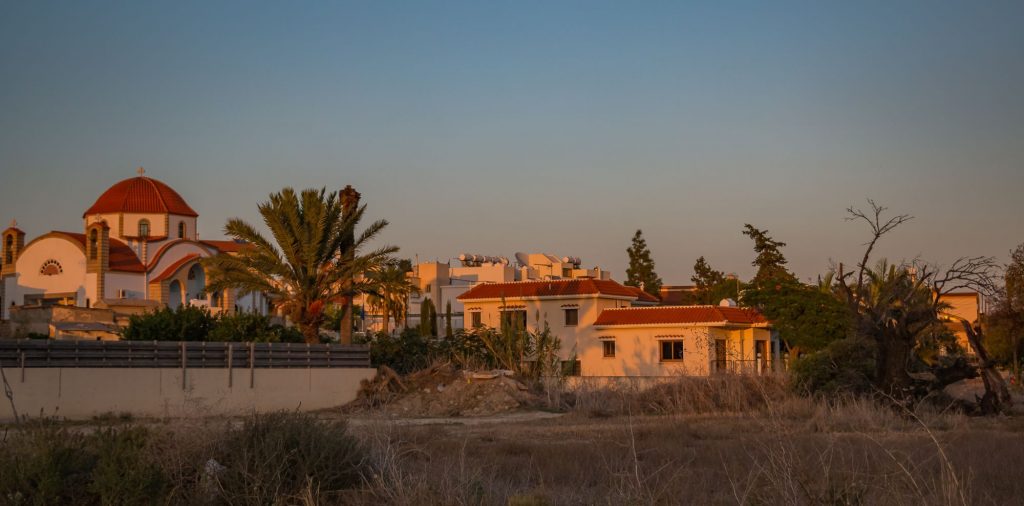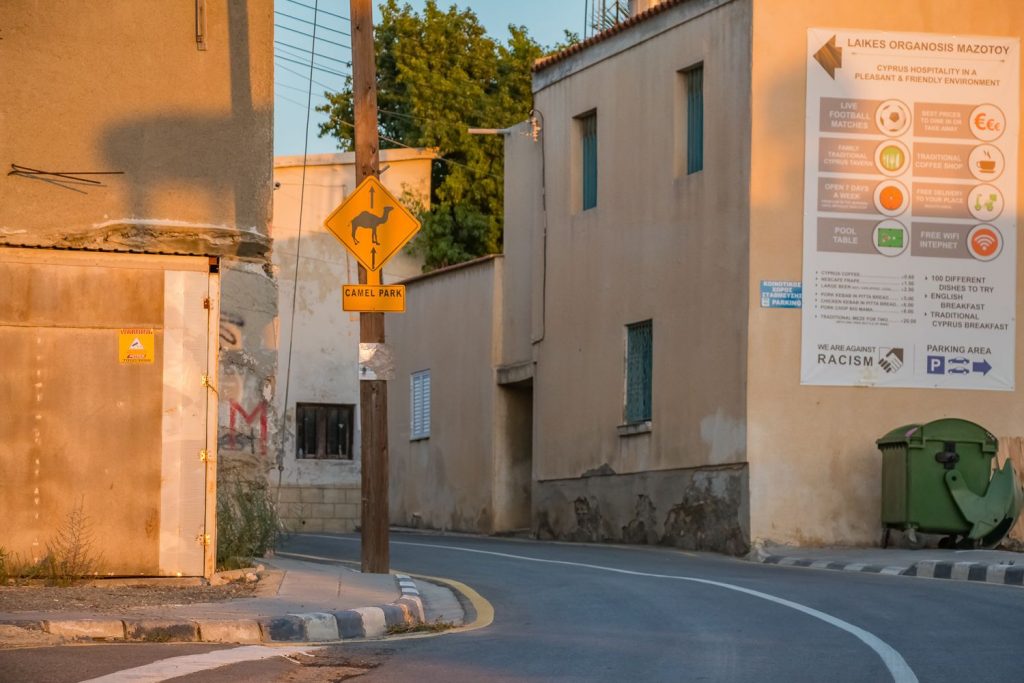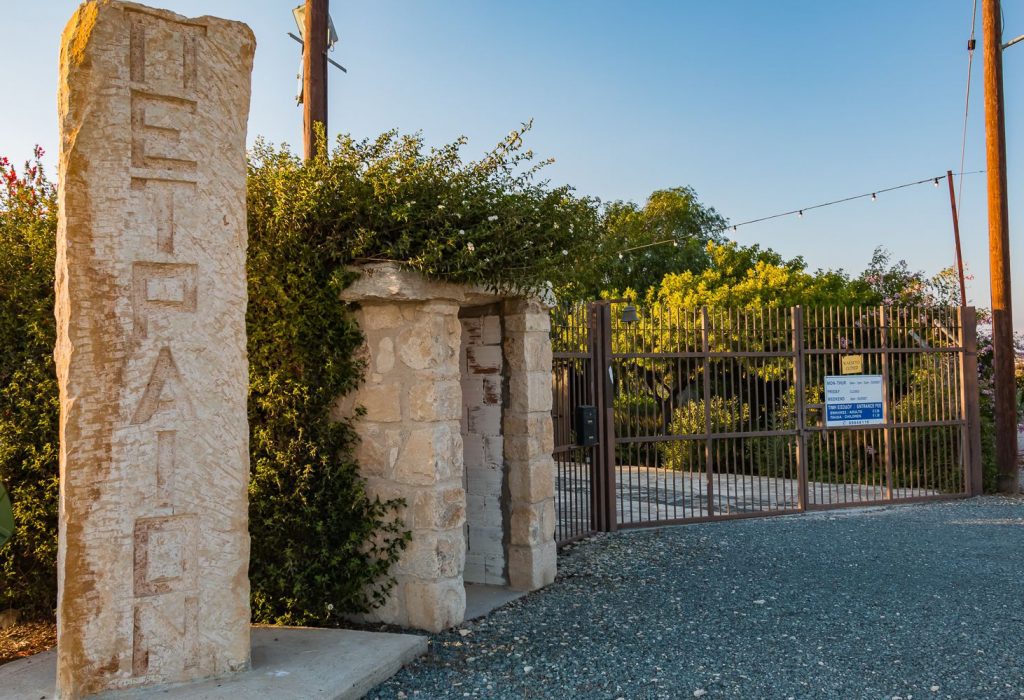Mazotos
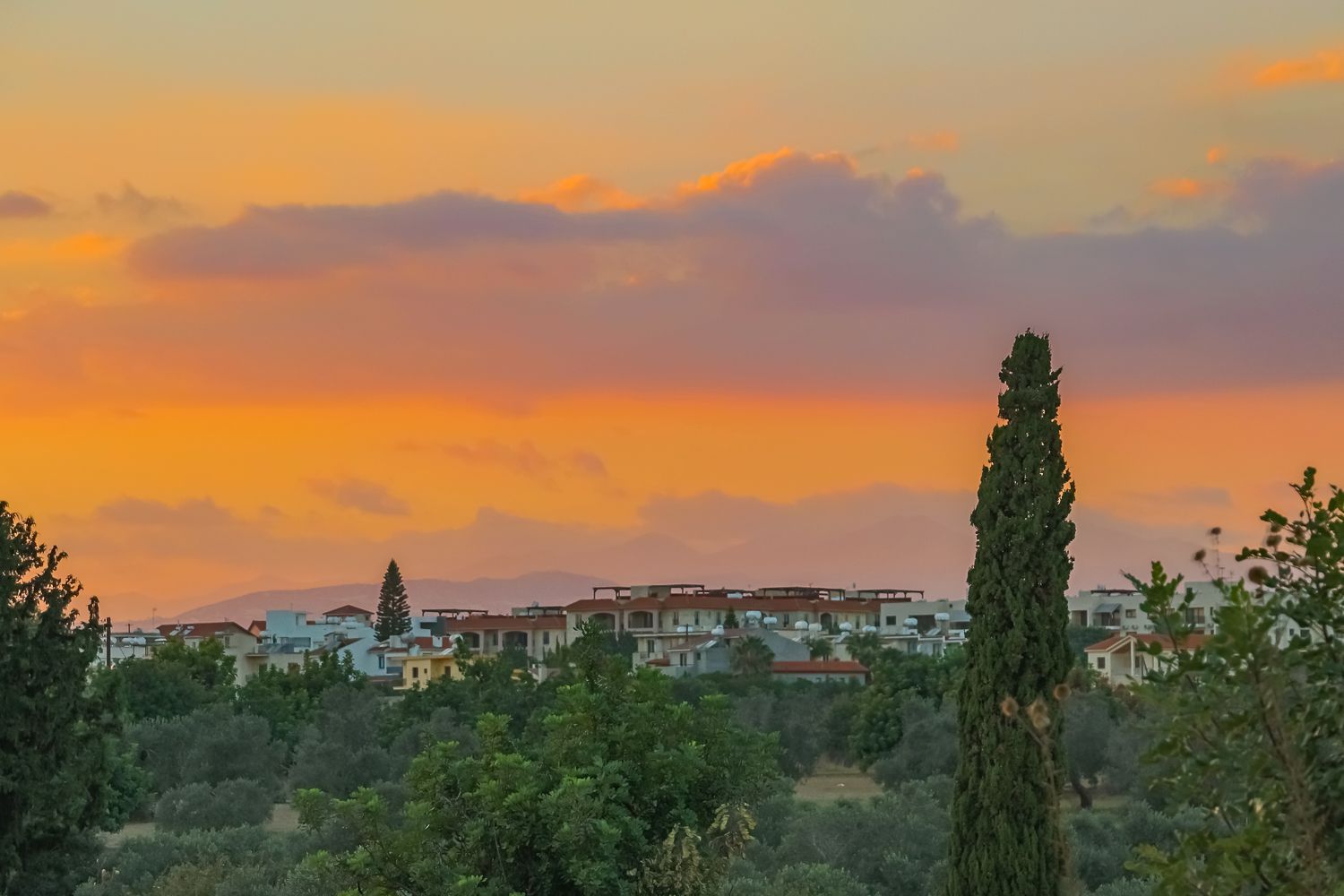
Mazotos is a village in the Larnaca district of Cyprus, 20 km southwest of Larnaca, 72 km southeast of Nicosia and 52 km northeast of Limassol. A small settlement, built on the coastal plain of Larnaca with vineyards, olive and carob trees, citrus trees and barley, Mazotos has come to have a great tourist development with small and large hotel units, apartments for rent, taverns, restaurants and many Cypriots and foreigners building their countryside houses here due to the many beaches in the area, such as Parasolia, Alaminos and Mazotos beaches. Besides, the coastlines of western Larnaca are considered the best area for wind-board and windsurfing because of the favorable winds and waves of the area. That is why there are wind sports schools offering courses and equipment.
Mazotos carries back a long history, being the administrative center of the conquerors of Cyprus. In the area there used to be a Roman city and according to sources, the chapel of Panagia Petounta in the south of the village is built on the ruins of the city. From here passed the Roman road connecting Kiti to Amathus, while during Byzantine times it was the administrative capital of the homonymous province. In 747 AD. on the beach of the village took place the naval battle of Keramia, which was one of the most important naval victories of medieval Hellenism. Until 1307 Mazotos was a property of the Templars, but due to mismanagement, all their property was confiscated and given to the Order of the Jesuites. During the Frankish rule, the village was one of the most important barons of Cyprus, while under the Venetian rule, it was the center of one of the then 12 provinces of the island, until during the Ottoman domination it became a feud and eventually it was bought in parts by local residents. Versions regarding the origins of the name of the village vary. One version claims it comes from the plant “mazin (roterium spinosum)”, a wild bush which grows abundantly in the area, while another version says it was originally called Mastotos because the village was built near the Moi mountains that resembled mastoi – breasts in Greek. Over the years, “t” became”z” and the name Mazotos emerged.
The settlement consists of houses built according to the folk architecture, new and restored buildings and paved gardens in various points of the community. The main church of the village, Agios Georgios, is located at its core, next to small cafes, and was built in 1963, while the icon of 1777 inside the church, depicts the saint holding a sword instead of a pole.
The old chapel of Panagia Petounta stands to the south of the settlement and very close to the sea. According to tradition, the chapel was named Petounta because the Virgin Mary came to the area flying (petao in Greek means flying). Close to the chapel is the spring of the Virgin Mary, which was opened by her and from which the inhabitants took water to build the chapel.
To the northeast of the village there is the small stone church of St. Xenophon of Xorinos (the Saint who prevents evil and illnesses) with the miraculous icon of 1821 and the many devotions left by the faithful.
Next to the two chapels in the 1990s were built two temples devoted respectively to the Virgin Mary and St. Xenophon. Every year, on January 26, there is a big feast in honor of the saint, with many visitors coming from all over Cyprus. After the feast, all the houses of the village lay tables to accept and feed all visitors. The temple of Saint Xenophon is the only one in Cyprus dedicated to this saint.
Mazotos caters to the tastes of every visitor, since besides the churches and beautiful beaches, it offers also other kinds of attractions and activities.
The Kostas Argyros Museum, just outside the community, includes wood carvings and stone statues, mosaics and paintings by the artist that hide inside them the stories and cultural events of the region.
The Camel Park of Mazotos, unique in Cyprus, is located at the entrance of the village and besides camels, it also hosts donkeys, goats, horses and more. In the park, which also has a swimming pool, a restaurant and Folk Art museum, the visitor can get on the camels and ride them in the specially designated spaces.
The Petraion Sculpture Park features many sculptures tied to the history of Cyprus and they are crafted in the area that is also the home of the creator. The most striking of all is Petraios, a stone-built sculpture, 8.5m high.
The interesting attractions of the community do not exhaust themselves with the ones on land, as the last major discovery is the Mazotos shipwreck, a shipwreck of a classical merchant ship (of the 4th century BC), located in the sea area of the village at a depth of 45 meters. The shipwreck, which is the largest one on the coast of Cyprus, had on it amphorae containing wine from Chios and other Aegean islands.
About 800 residents in Mazotos deal with crops and greenhouses, tourism, and many also work in urban centers. The olive cultivation here is very developed and the local green “cracked” olive is considered of excellent quality.

